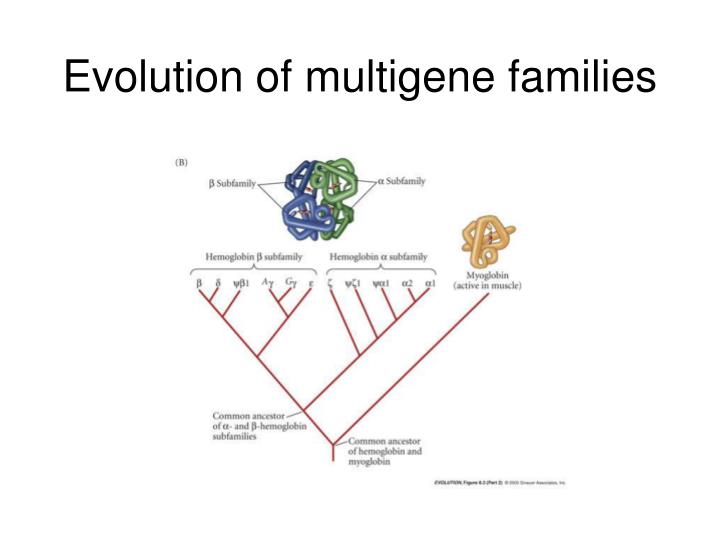Multigene Families – Botany Notes – For W.B.C.S. Examination.
Botany is highly scoring optional subject in W.B.C.S. Mains exam. This is one of the optional subjects that the WBCS offers candidates in the mains exam. Not many candidates opt for it as it is a specialized subject. This article talks about Botany as an optional for the W.B.C.S. mains exam and gives a few tips to prepare for this optional. It will be difficult to any aspirants does not have a prior knowledge of Botany and Agriculture.Also, aspirants with a background in biotechnology can also opt for this optional subject.Continue Reading Multigene Families – Botany Notes – For W.B.C.S. Examination.
The term multigene families is used to include groups of genes from the same organism that encode proteins with similar sequences either over their full lengths or limited to a specific domain. DNA duplications can generate gene pairs. If both copies are maintained in subsequent generations then a multigene family will exist.
A multigene family is a member of a family of related proteins encoded by a set of similar genes. Multigene families are believed to have arisen by duplication and variation of a single ancestral gene. Examples of multigene families include those that encode the actins, hemoglobins, immunoglobulins, tubulins, interferons, histones etc.
Multigene Families
DNA duplications that involve one or more genes generate gene pairs. If both copies are maintained in subsequent generations then a multigene family will exist in the genome. Because most duplications occur adjacent to the original copy, a subsequent duplication encompassing both paralogs may generate a family of four. Chromosomal rearrangements disperse the multigene families throughout the genome. Dispersed members of the multigene family can still be recognized by sequence comparison.
Previous Years Question Papers are a must when it comes to preparing for Optional subjects.
The term multigene families is broadly used to include groups of genes from the same organism that encode proteins with similar sequences either over their full lengths or limited to a specific domain. The significance of recognizing multigene families is that the members may have related functions. Genes that are identical or nearly identical in sequence and regulation can be considered to encode isoforms rather than members of a multigene family. In addition, genes that were derived from a common ancestral gene but have diverged extensively may not be recognized as related.
The term super-family is used to describe a group of proteins with significant sequence similarity to each other but with clearly defined multigene families. The individual multigene families are likely to have distinct functions that select for shared sequences that vary from the global consensus sequence seen in the whole super-family.
The term “clan” is used for related protein families that share some properties but display no clear phylogenetic relationship with each other. It covers cases of convergent evolution of proteins with similar functions but no convincing evidence of a common origin.
Comparative genomics has increasingly shown that most eukaryotic genes are derived from genes that were present in one form or another in the eukaryotic ancestor. Subsequent gene loss or amplification led to quantitative and qualitative differences observed in distant phyla.
Please subscribe here to get all future updates on this post/page/category/website


 +919674493673
+919674493673  mailus@wbcsmadeeasy.in
mailus@wbcsmadeeasy.in







































































































